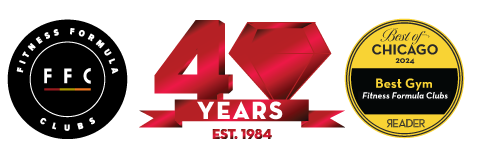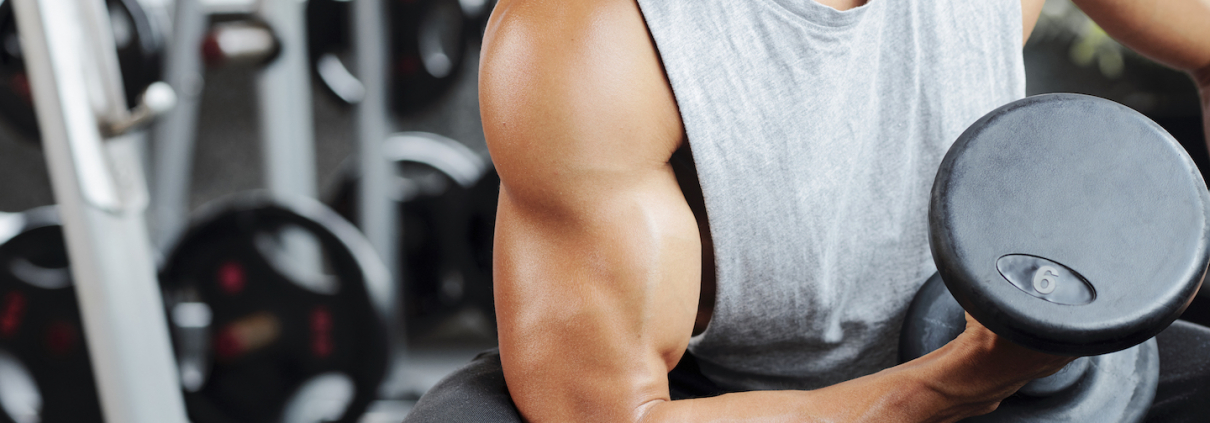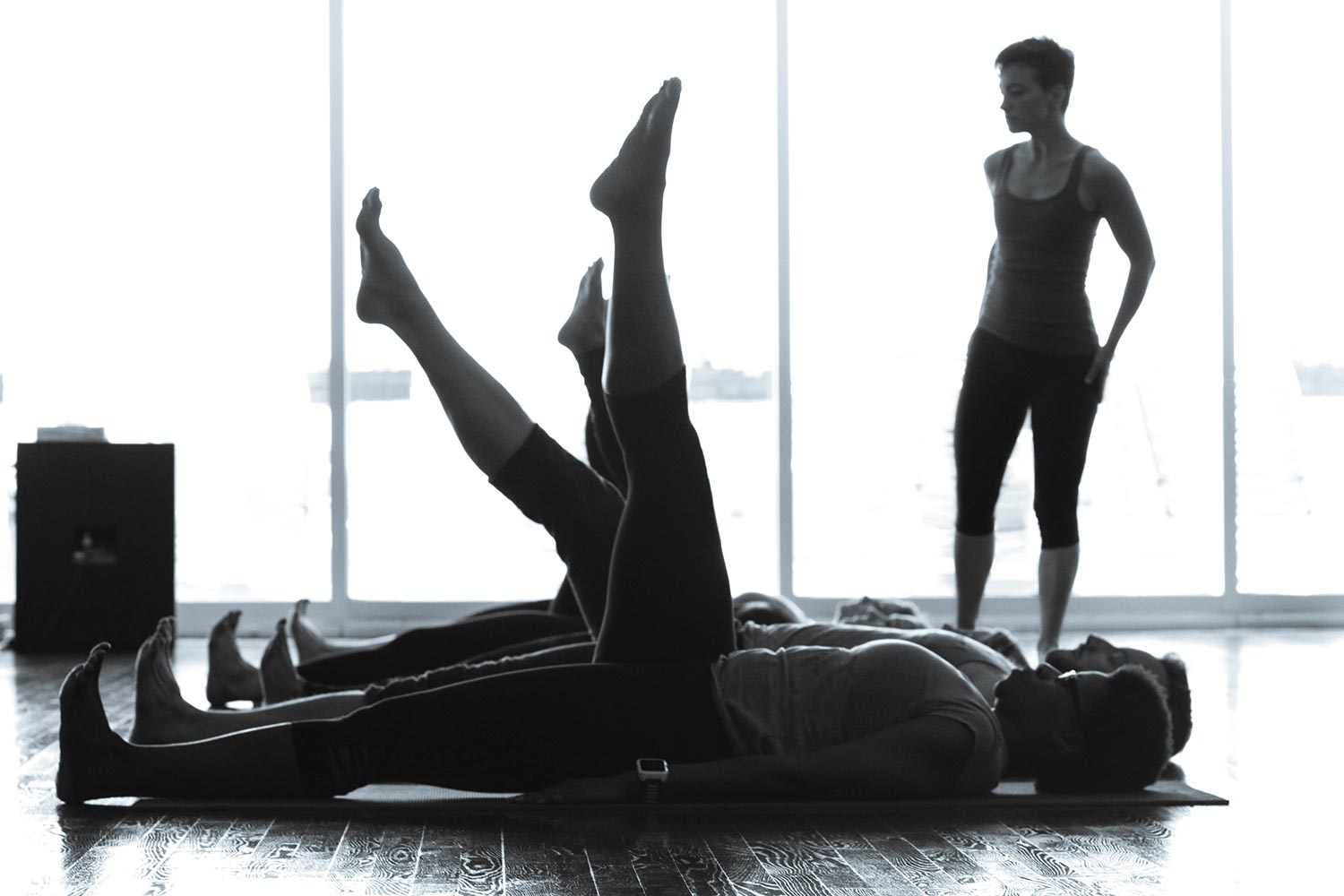Biceps Brachii: A Misunderstood Muscle & How Massage Can Help
When someone says the word “muscle” to you, what do you think of? Perhaps the pecs or the calves come to mind, but if someone were to ask you to flex your muscles, your go-to muscle would be biceps brachii. Maybe that’s because it is a very visible muscle or because we’ve all seen what happens when Popeye eats his spinach, but for some reason, biceps brachii is the one we all think of when we think of when it’s time to flex our muscles.
Here’s the thing though — we don’t really need our biceps.
Biceps brachii performs three actions: it can flex the shoulder, it can flex the elbow and it can supinate the forearm (turn your palm upwards). Well, we’ve got three other muscles that can flex the shoulder (pectoralis major, anterior deltoid, coracobrachialis). We’ve got two other powerful elbow flexors (brachialis and brachioradialis). And we have a muscle to supinate that’s actually named supinator. So what do we need biceps for, anyway?
Related: Massage Therapy Benefits Based On What Type Of Fitness You Do
Your biceps connect your torso to your forearm by originating on your scapula (at the supraglenoid tubercle and the coracoid process) and inserts just past your elbow on your forearm (at the radial tuberosity and the bicipital aponeurosis). This means that if you’re transferring force from your torso to your forearm, say like when you’re throwing a baseball, the biceps play a key role in doing so.
So, biceps are good for something, but it’s not a perfect muscle. Since biceps brachii is multiarticular (crosses two or more joints), it is susceptible to insufficiencies. It can become actively insufficient when it tries to perform all its actions at the same time. Imagine lifting a heavy weight by both flexing your elbow and your shoulder, versus just flexing your elbow. Basically the muscle becomes weaker when it tries to do too much.
One of the biggest issues with biceps is its susceptibility for tendonitis. Tendonitis, quite simply, is inflammation of a tendon. Tendonitis can be caused by trauma, or it can be secondary to other pathologies (like arthritis), but most often it is caused by overuse (ie too many repeated overhead motions). Athletes like baseball players, tennis players and swimmers are all common recipients of bicipital tendonitis, as well as non-athletes who slump forward too much, which causes biceps to become overworked every time the shoulder is flexed.
Massage can greatly help with bicipital tendonitis. Of course, initially, we treat this injury with ice and rest and let the body heal itself. In the later subacute stages of injury (about three weeks in), we can start massaging the muscle to help the healing process. Massage helps release tension in the biceps, thereby lessening the tug of the muscle on its inflamed tendon, as well as cross-fiber frictioning to the tendon itself. This brings extra blood flow to the area, stimulating the healing process and making it so the body lays down a nice, mobile bit of scar tissue that won’t limit your range of motion once healing is complete.
Related: Tips For Communicating Your Needs to Your Massage Therapist
After massage, you can perform some stretches to the muscle and tendon at home to allow the muscle fibers to lengthen, contract and reset the muscle length. If you are still experiencing pain, you can follow this with an ice massage, twice a week for about four weeks. An ice massage helps control the localized inflammation that is naturally created with everyday friction. If there is no improvement after four weeks, it may be time to visit the doctor.
If you are experiencing bicipital tendonitis, reach out to Jason at jvongerichten@ffc.com to book a massage at FFC Oak Park and begin healing.
Post written by FFC Contributor Jason VonGerichten









